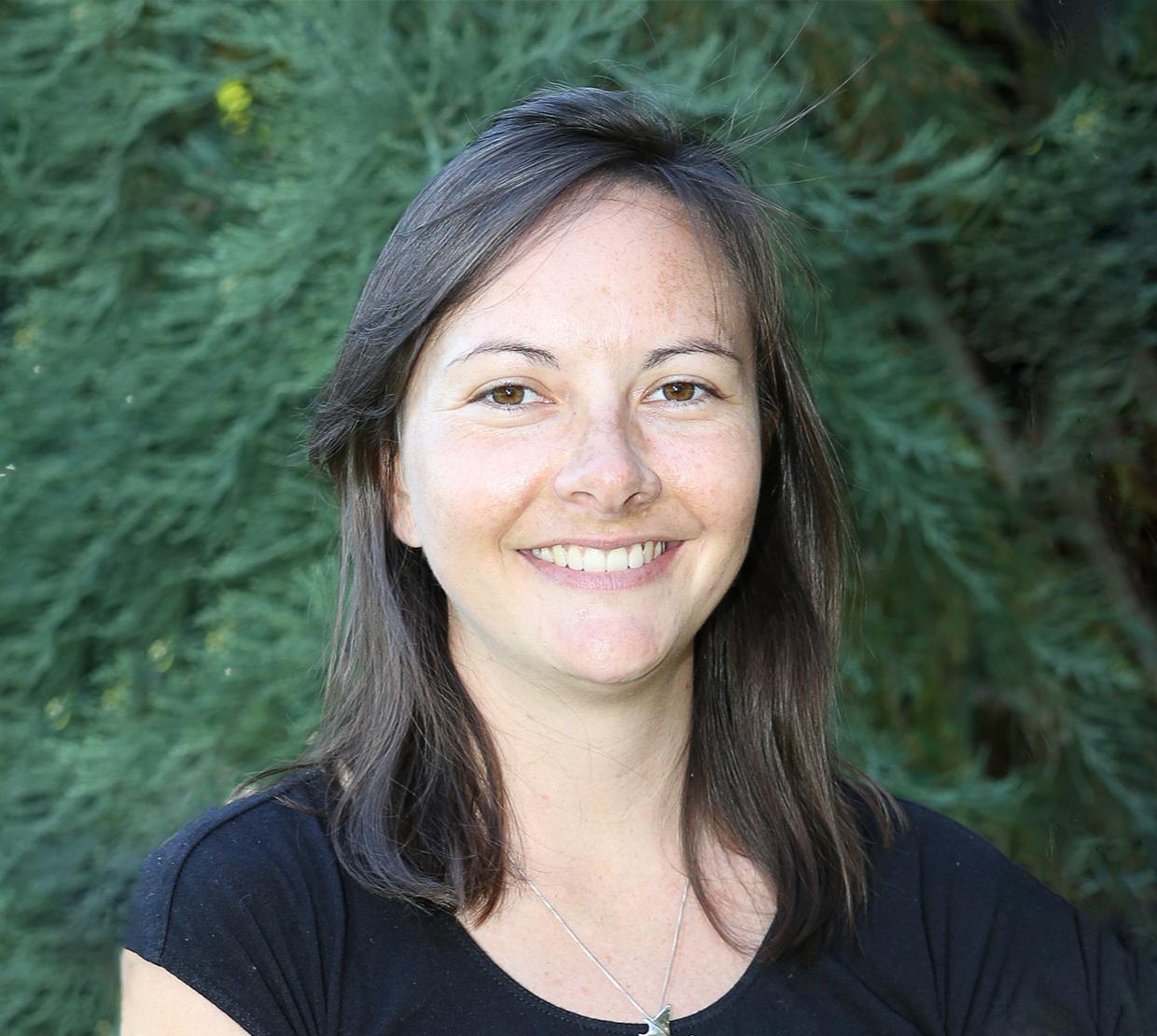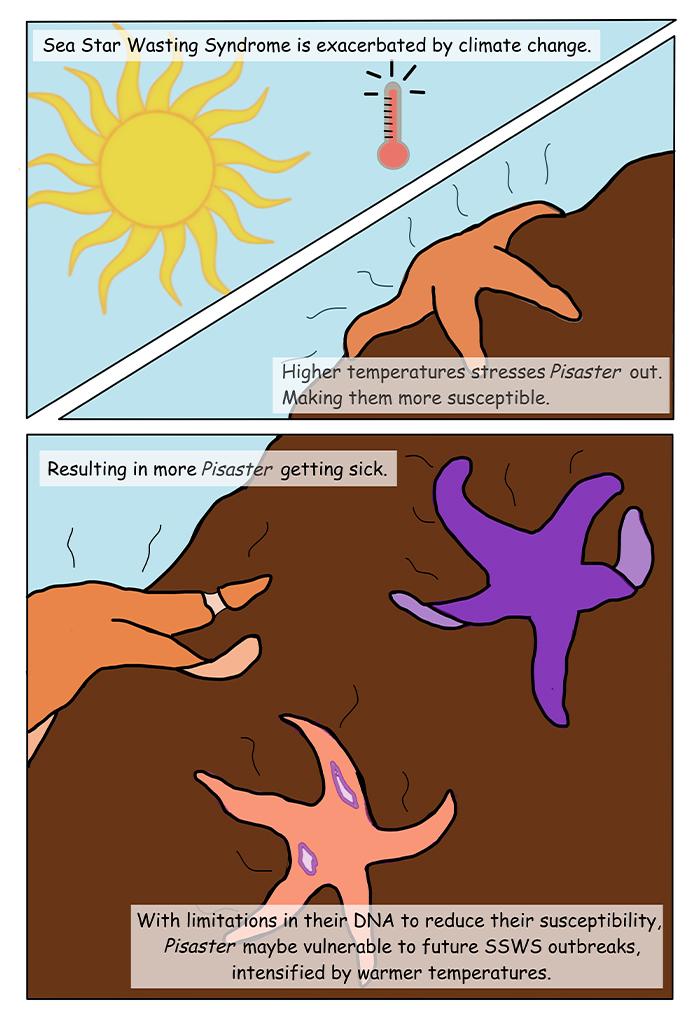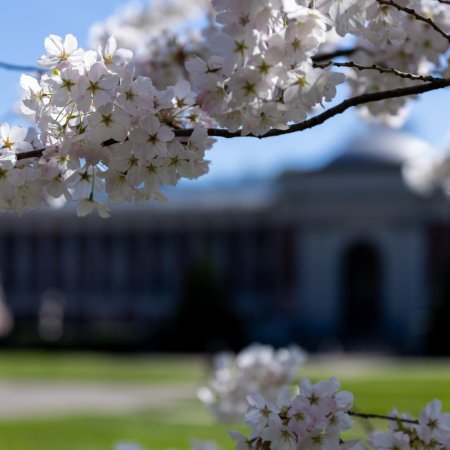Working in Newport, Oregon with the U.S. Department of Agriculture to examine parasitic impacts on mud shrimp, recent Ph.D. graduate Andrea Burton met a principal investigator who introduced her to Oregon State University’s Department of Integrative Biology. Since then, she has become a published researcher and earned her Ph.D. despite the obstacles life threw her way.
Since childhood, Burton knew she loved animals and nature and she was confident that a career in biology was in her future. However, she wasn’t sure how she could contribute to the field. That all changed when Burton landed an undergraduate research position with Felipe Barreto, associate professor of integrative biology, and fell in love with studying the adaptive potential of marine invertebrates to stressors associated with climate change.
"I realized there must be other students who have that same potential and interest that did, but they only needed an opportunity to activate it.”
“With my leadership role, I wasn’t just a nameless student in a classroom of hundreds,” Burton said. “I understood the importance of the work we were doing in the lab and how it correlated to my coursework – that’s when I started to take school more seriously and it changed everything. I realized there must be other students who have that same potential and interest that did, but they only needed an opportunity to activate it.”
The department’s required first-year seminar on teaching practice and technique only bolstered her sense of purpose. Working as a teaching assistant for the Intro to Biology and Human Anatomy and Physiology laboratory sections, she deepened her interest in incorporating the humanities to encourage personal exploration and appreciation of the arts in conjunction with the problem solving and logical thinking skills traditionally taught in a STEM setting.
“This seminar first planted the seed that what we were doing was really important,” Burton said. Over the course of two years, she successfully completed her graduate certificate in college and university teaching and became interested in expanding her teaching experience abroad.
She decided to apply for a Fulbright Scholarship and was thrilled to hear that she had been accepted to teach English in Romania for a year. Unfortunately, the COVID-19 pandemic had other plans. Burton had to stop teaching prematurely and endure a waiting period before she was cleared to travel back to the United States. Since her apartment in Corvallis was no longer available, she decided to live with her parents and wait out the rest of the school year before moving back to resume teaching and finish her Ph.D. in integrative biology.
Although Burton was unable to fully experience her Fulbright award and struggled to maintain communication with her colleagues during the pandemic, she persevered. In the Barreto Lab, she examined the genomics behind evolutionary relationships in the context of marine ecosystems. After months spent consolidating data and working with her lab mates, Burton’s January 2022 paper on sea star wasting syndrome was accepted by the journal Molecular Ecology.
Due to climate change, oceans waters are becoming warmer, triggering tremendous blooms in microbes like phytoplankton that use up oxygen without leaving enough for the drowning starfish. Burton and her colleagues tested 200 individual purple sea stars to examine if those able to endure the disease had a distinctive genetic makeup. If so, they hoped scientists could potentially use selective breeding to help future generations of starfish survive.
Unfortunately, this was not the case. “We found that genomic differentiation between normal-looking and wasting sea stars was very low," says Burton. "With little genetic variation to propel adaptation, we definitely have even more concerns regarding how this species of sea star will fare in future outbreaks."
Despite this troubling news, she is hopeful that further investigation of genes linked to disease resistance may offer a solution. Since starfish are a keynote species that maintain the stability of marine ecosystems by keeping sea urchin and mussel populations in check, it is crucial that humans help protect them from further deterioration before the effects are irreversible.





